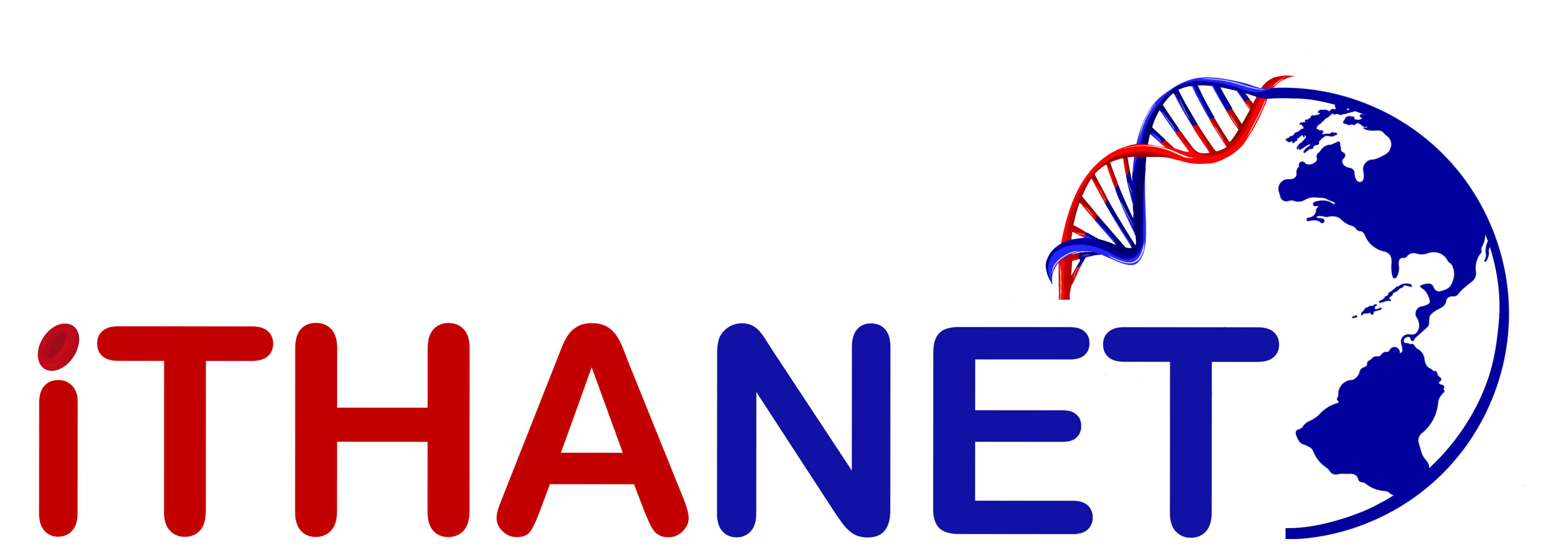GeneID: 80
Names
| Common Name: | TGFBR2 | Type: | Gene |
|---|---|---|---|
| Chromosome: | 3 (NC_000003.12) | Locus: | NG_007490.1 (TGFBR2) |
| HUGO Symbol: | TGFBR2 | Full Name: | transforming growth factor beta receptor II |
| Exons: | 8 | Introns: | 7 |
Description:
TGFBR2 is a member of the transforming growth factor β (TGFβ) receptor family of serine/threonine kinases. The binding of TGFβ to type II (TGFBR2) and type I (TGFBR1) receptors mediates the formation of a receptor heterocomplex, which is required for TGFβ signal transduction. TGFBR2 binds the TGFβ ligand but it requires TGFBR1 for signalling. This receptor/ligand complex recruits and phosphorylates proteins, which then enter the nucleus and modulate the transcription of TGFβ-regulated genes. Mutations in this gene have been associated with Marfan Syndrome, Loeys-Deitz Aortic Aneurysm Syndrome, and the development of various types of tumors. Polymorphisms in this gene associated with osteonecrosis, stroke and leg ulceration in sickle cell patients. Alternatively spliced transcript variants encoding different isoforms have been characterized.
Synonyms: MFS2 , TGFR-2 , TGFbeta-RII
Comments:
N/A
Number of entries/variants: 4
Sequence Viewer
Publications / Origin
- Baldwin C, Nolan VG, Wyszynski DF, Ma QL, Sebastiani P, Embury SH, Bisbee A, Farrell J, Farrer L, Steinberg MH, Association of klotho, bone morphogenic protein 6, and annexin A2 polymorphisms with sickle cell osteonecrosis., Blood , 106(1), 372-5, 2005 PubMed
- Nolan VG, Adewoye A, Baldwin C, Wang L, Ma Q, Wyszynski DF, Farrell JJ, Sebastiani P, Farrer LA, Steinberg MH, Sickle cell leg ulcers: associations with haemolysis and SNPs in Klotho, TEK and genes of the TGF-beta/BMP pathway., Br. J. Haematol. , 133(5), 570-8, 2006 PubMed
- Steinberg MH, Genetic etiologies for phenotypic diversity in sickle cell anemia., ScientificWorldJournal , 9(0), 46-67, 2009 PubMed
